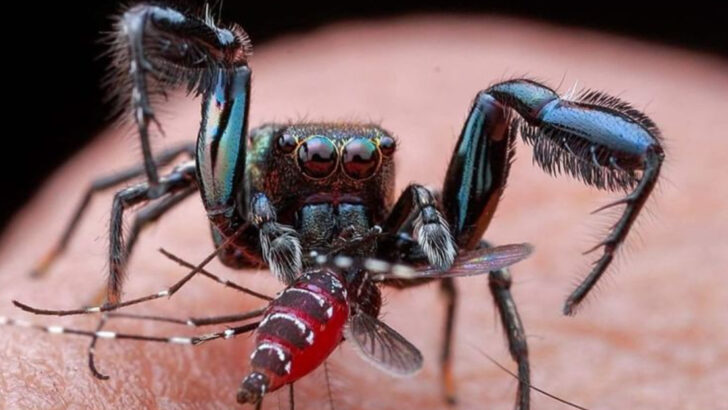Mosquitoes don’t run the world—these creatures do. While you’re swatting and itching, nature’s tiny assassins are already on the job. From darting dragonflies to bat-winged night patrols, these mosquito-eaters are the unsung heroes of every backyard summer night. They don’t just nibble a few here and there. Some of them can devour hundreds in a single evening. Others take out mosquito larvae before the buzzing even begins. Want fewer bites and more peace? You don’t need sprays or gadgets. You just need to know who your natural allies are—and how to make them feel at home.
Dragonflies
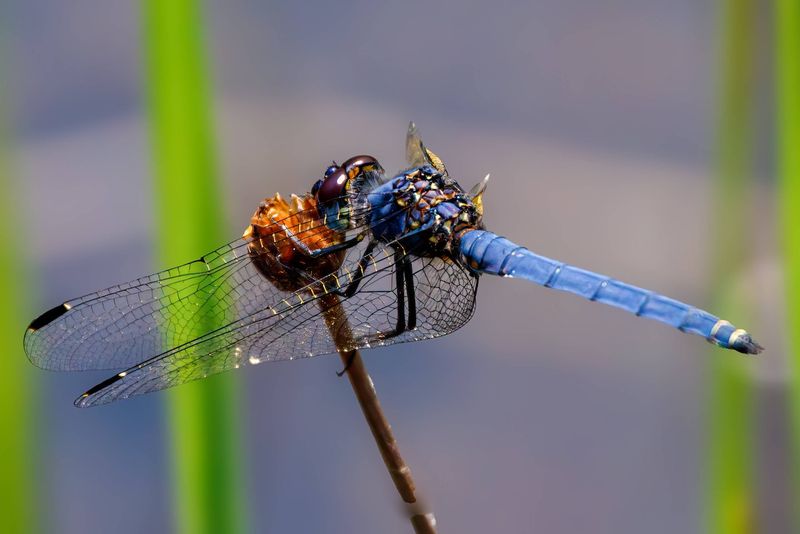
Dragonflies, often referred to as “mosquito hawks,” are agile hunters of the insect world. With their aerial acrobatics, they glide and dart through the air, snatching mosquitoes mid-flight. These captivating creatures come in a variety of colors, each one more dazzling than the last.
Their presence is a testament to healthy ecosystems. By breeding in ponds and lakes, dragonflies keep mosquito populations in check.
Did you know? Dragonflies can eat hundreds of mosquitoes in a single day, making them a natural ally in pest control.
Purple Martins
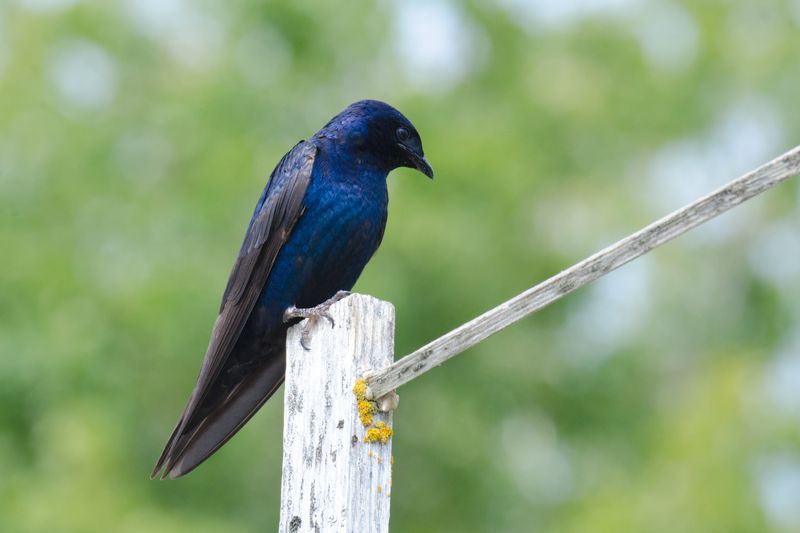
Purple Martins, North America’s largest swallow, are renowned for their aerial agility. These birds glide effortlessly, catching mosquitoes and other insects in mid-air with remarkable precision. Known for their beautiful, glossy blue-black feathers, they add a splash of color to any landscape.
These migratory birds form colonies in man-made birdhouses, making them a delightful addition to backyards.
Fun fact: Purple Martins’ reliance on human-made structures for nesting makes them unique among wild birds.
Bats
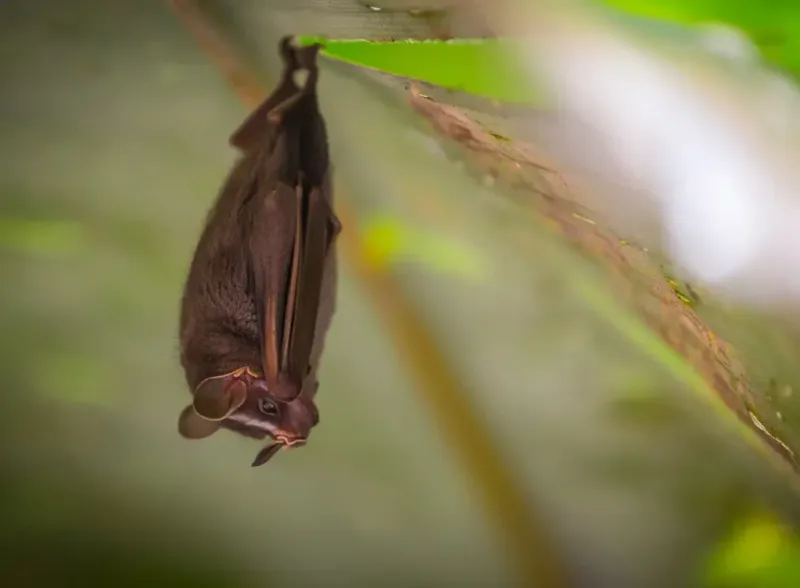
Bats might seem mysterious, but they’re vital mosquito predators. Emerging at dusk, they swoop and dive with precision to feed on mosquitoes. Bats can consume up to 1,000 mosquitoes an hour, offering natural pest control during the night.
Their echolocation abilities allow them to hunt in complete darkness. This fascinating adaptation makes them efficient hunters in various environments.
Remember: Bats play a crucial role in maintaining ecological balance by keeping insect populations in check.
Frogs
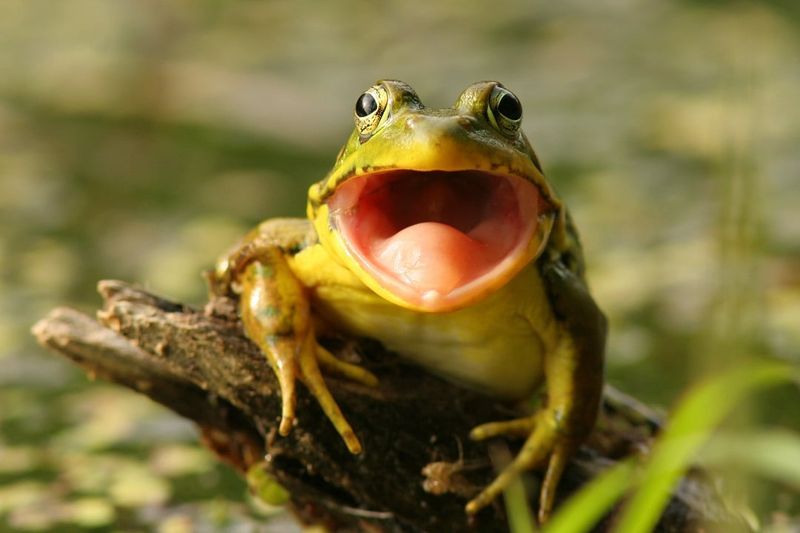
Frogs, with their strong legs and sticky tongues, are adept at catching mosquitoes around water bodies. Their croaks and calls add a soothing symphony to the nighttime ambiance. These amphibians thrive in ponds, marshes, and gardens with water features.
Their diet includes a variety of insects, making them essential for natural pest control.
Did you know? Frogs can jump up to 20 times their body length, aiding them in catching prey efficiently.
Fish
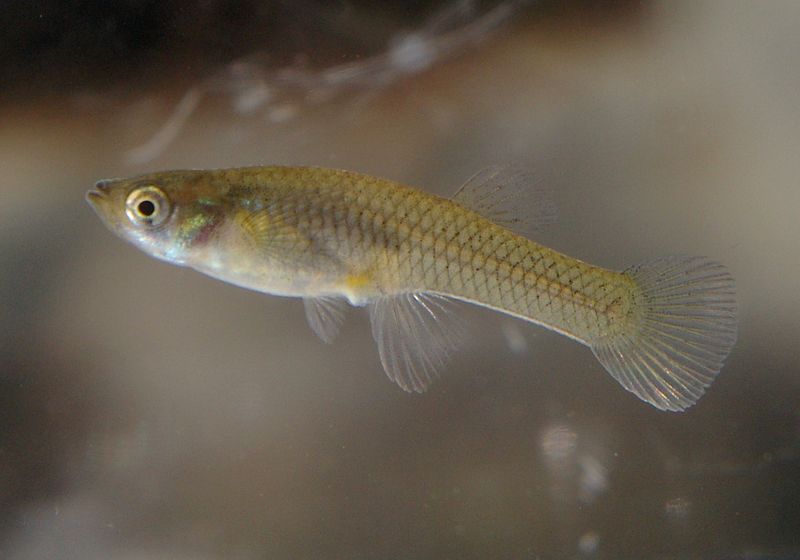
Fish, particularly mosquito fish and guppies, are aquatic heroes. They patrol ponds and lakes, consuming mosquito larvae before they develop into adults. Their presence ensures that mosquito populations don’t skyrocket.
These fish are easy to maintain in garden ponds and help keep water habitats balanced.
Fun fact: Some fish species are so efficient at mosquito control that they’re introduced to water bodies for this specific purpose.
Spiders
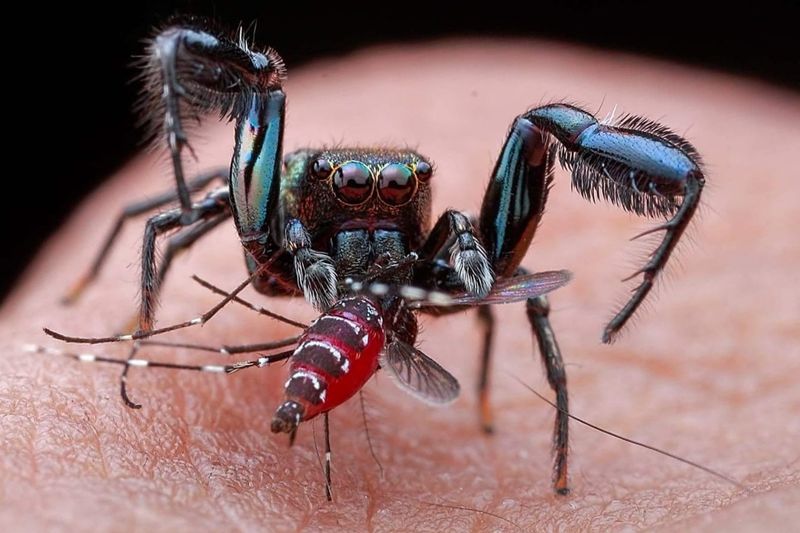
Spiders, though often misunderstood, are nature’s pest control experts. By weaving intricate webs, they trap mosquitoes and other flying insects. These webs glisten with dew, creating a captivating sight in gardens and around homes.
Spiders contribute to the natural balance by keeping insect numbers in check. Their presence is a sign of a healthy ecosystem.
Remember: Not all spiders are harmful, and many play a beneficial role in pest management.
Birds
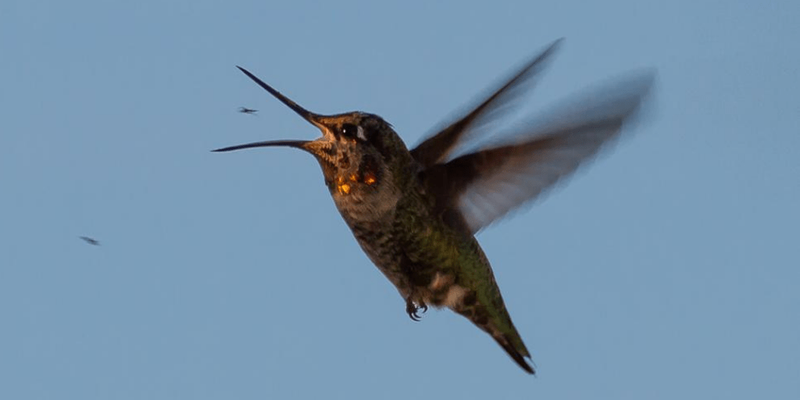
Various bird species, from swallows to warblers, play a role in mosquito control. Their keen eyesight and swift flight allow them to catch mosquitoes on the wing. Birds add a lively charm to gardens, with their songs and bright feathers.
Their diet includes mosquitoes, making them an integral part of natural pest control.
Did you know? Some birds eat mosquitoes in all stages of their life cycle, from larvae to adult.
Lizards
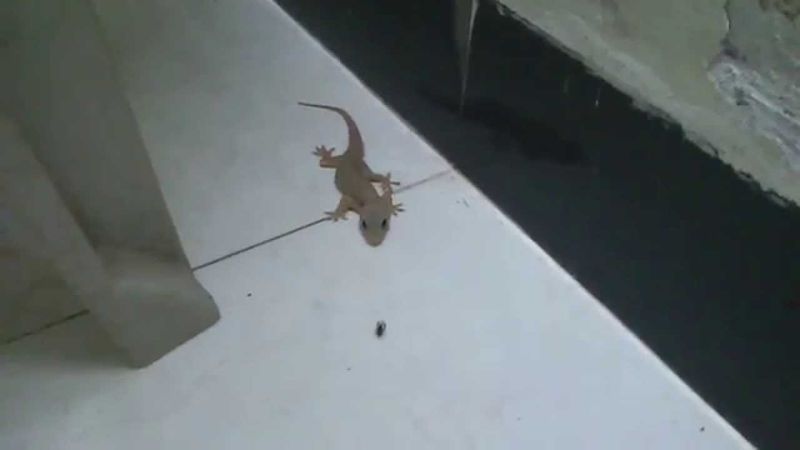
Lizards, with their swift movements and acute vision, are skilled hunters of insects, including mosquitoes. These reptiles are often seen basking in sunny spots, where they lie in wait for their next meal.
Lizards contribute to pest control by reducing insect populations in gardens and parks. Their presence is a natural deterrent to pesky insects.
Fun fact: Lizards’ ability to regrow their tails is not only fascinating but also a survival tactic against predators.
Turtles
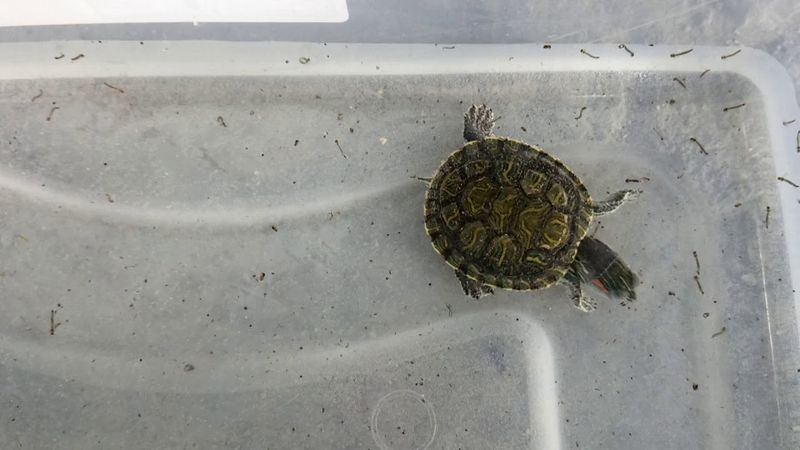
Turtles, often seen as slow movers, are surprisingly efficient mosquito eaters. In aquatic settings, they consume mosquito larvae, helping to control populations before they emerge.
Their role in the ecosystem as both predators and prey is crucial for maintaining balance. Turtles add a serene presence to ponds and water gardens.
Remember: Turtles require specific habitats to thrive, including clean water and safe basking areas.
Ants
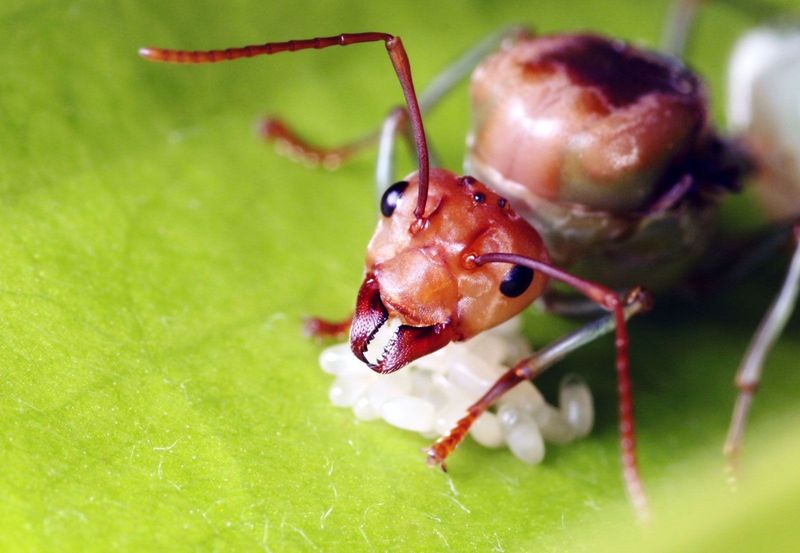
Ants, though small, are mighty when it comes to pest control. They forage for mosquito eggs and larvae, reducing populations before they hatch. These industrious insects work tirelessly, contributing to the health of gardens and forests.
Their role goes beyond pest control, as they aerate the soil and recycle nutrients.
Fun fact: Ants are capable of carrying objects 50 times their own body weight, showcasing their strength.
Damsel Bugs
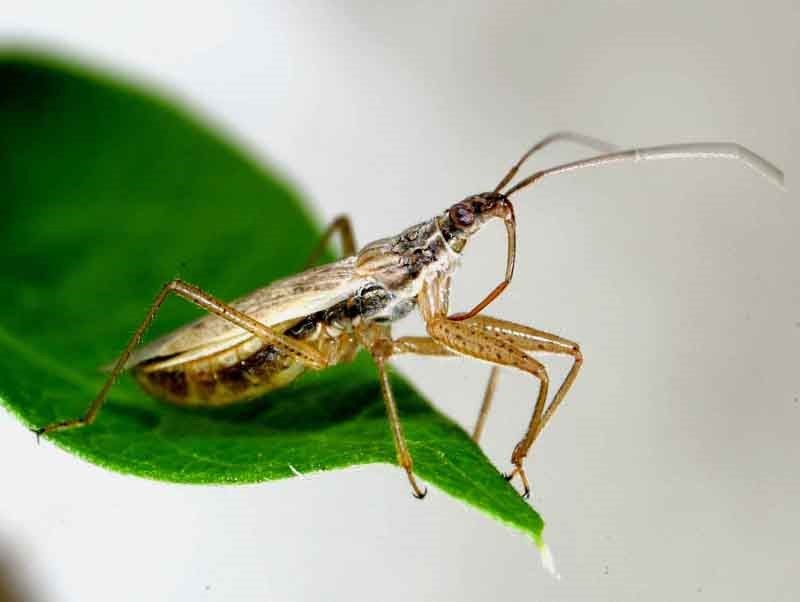
Damsel bugs, known for their predatory prowess, actively hunt mosquitoes and other small insects. With their slender bodies and long legs, they swiftly capture prey in gardens and fields.
Their presence is beneficial for natural pest control, as they reduce the need for chemical insecticides. Damsel bugs are a gardener’s ally in maintaining healthy plants.
Did you know? These bugs use their front legs to grasp and subdue prey, similar to how a praying mantis operates.
Robber Flies
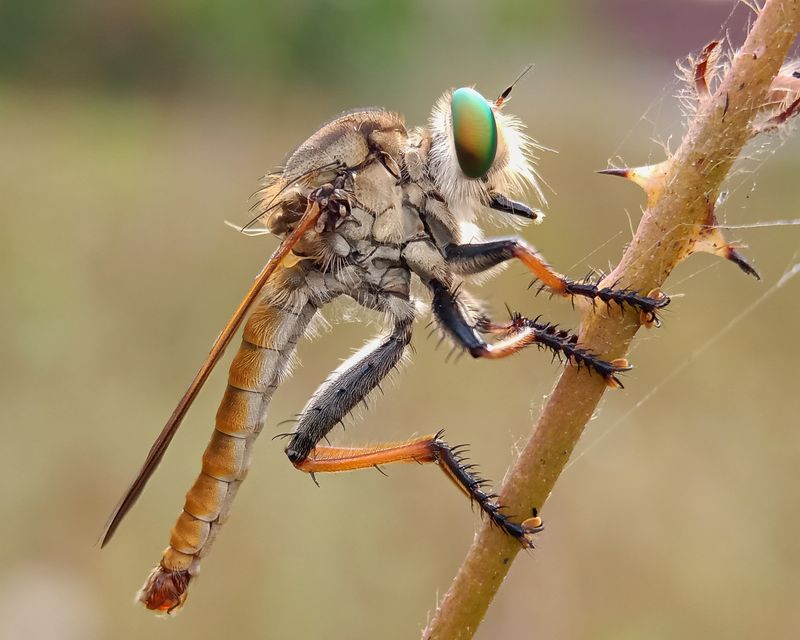
Robber flies, with their keen vision and agile flight, are formidable hunters. They capture mosquitoes in mid-air, showcasing their predatory skills. These flies are found in diverse habitats, from meadows to forests.
Their contribution to controlling mosquito populations is significant, as they target both larvae and adult mosquitoes.
Fun fact: Some species of robber flies mimic bumblebees in appearance, aiding in their hunting success.
Carnivorous Plants
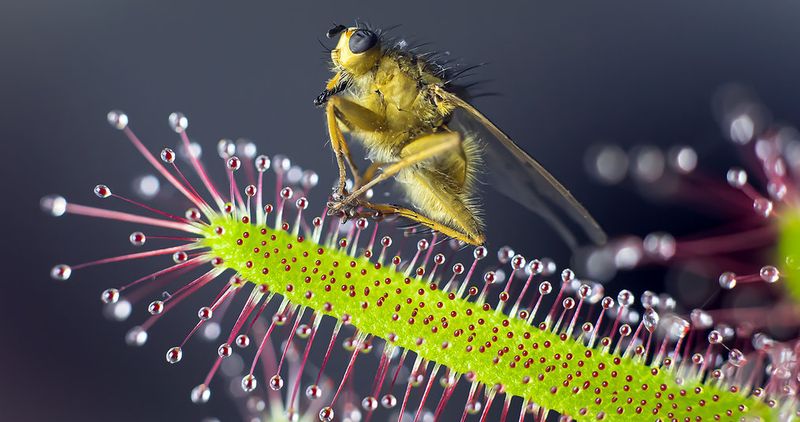
Carnivorous plants, like the Venus flytrap and pitcher plant, offer a unique approach to mosquito control. These fascinating plants lure, trap, and digest unsuspecting mosquitoes and other insects.
In nutrient-poor environments, they supplement their diet by catching live prey. These plants add an exotic touch to gardens, intriguing both children and adults.
Did you know? The Venus flytrap can snap shut in less than a second when prey triggers its sensitive hairs.
Crickets
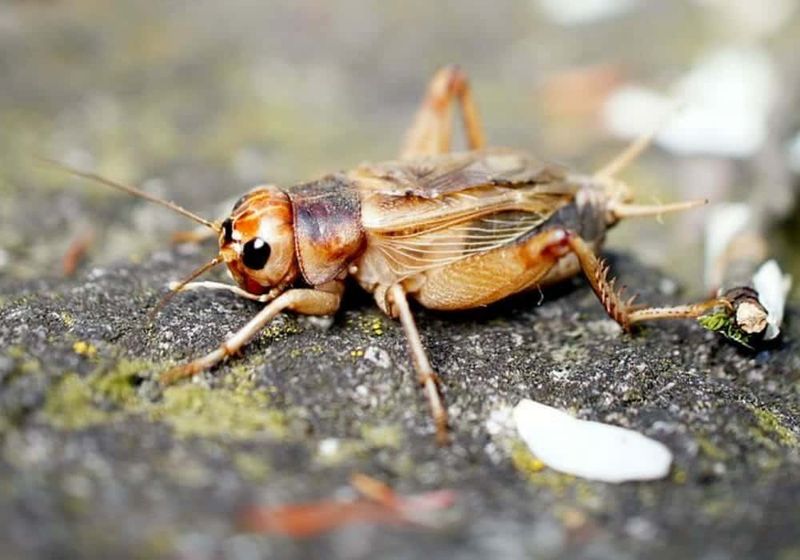
Crickets, known for their rhythmic chirping, also contribute to controlling mosquito populations. They feed on mosquito larvae and eggs, reducing numbers before they reach adulthood.
These nocturnal insects are vital for the ecological balance, as they are both predators and prey. Their songs add a melodic backdrop to summer nights.
Remember: Crickets’ ability to produce sound by rubbing their wings together makes them unique among insects.

